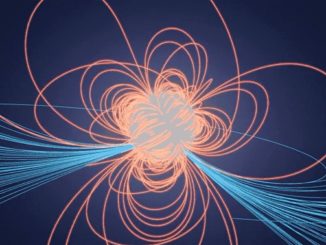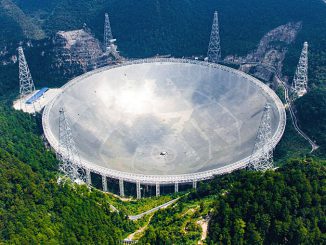New computer simulations are giving scientists a ringside seat to observe the effects of unimaginably powerful electric and magnetic fields generated by pulsars, the fast-spinning, collapsed cores left over from supernova explosions, that spew out a complex web of charged particles and radiation.
The simulations, carried out on NASA supercomputers, let the researchers “explore the pulsar from first principles,” said Constantinos Kalapotharakos of NASA’s Goddard Space Flight Center. “We start with a spinning, magnetised pulsar, inject electrons and positrons at the surface, and track how they interact with the fields and where they go. The process is computationally intensive because the particle motions affect the electric and magnetic fields and the fields affect the particles, and everything is moving near the speed of light.”
The simulations show electrons tend to stream outward from the pulsar’s magnetic poles while positrons, their anti-matter counterparts, mostly flow out from lower latitudes and form a structure known as a current sheet. Some of the particles in the current sheet where the pulsar’s magnetic field “reconnects,” converting magnetic energy into heat, are accelerated to extreme velocities.



